To our Readers:
Last week my colleague Rob Citino, PhD, Executive Director of the Institute for the Study of War and Democracy, and Samuel Zemurray Stone Senior Historian at The National WWII Museum, convened the first in a series of roundtable discussions on “World War II and the Present Crisis.” Today sees the second installment, in which we look toward what the world will look like after this crisis passes, and what we can do to prepare for it, drawing on the lessons of the past.
Our contributors this time include Tyler Bamford, PhD, and Keith Huxen, PhD, both historians with the Institute for the Study of War and Democracy. We are also delighted to welcome guest contributions from two distinguished historians who are longtime friends to the Museum. Those of you who have attended our annual International Conference will be familiar with them.
Michael Neiberg, PhD, is Chair of War Studies in the Department of National Security and Strategy at the United States Army War College. He is the author of several superb books on World Wars I and II, including an upcoming work about the wartime relationship between the United States and the Vichy French regime. James M. Scott, formerly a reporter and investigative journalist with the Charleston, S.C., Post and Courier, is the author of a number of bestselling recent books about World War II, including Rampage: MacArthur, Yamashita, and the Battle of Manila.
I hope you enjoy these thoughts on how we might learn valuable lessons from the War that Changed the World as we face—and inevitably overcome—the challenges before us today.
Edward G. Lengel, PhD
Senior Director of Programs, Institute for the Study of War and Democracy
The National WWII Museum
April 13, 2020
Tyler Bamford, PhD: Different Fights in the Same War
COVID-19 is one of the most alarming enemies Americans have ever faced. It is invisible, fast moving, and deadly. Seemingly healthy individuals have been struck down, as have senior citizens and those with preexisting conditions. The United States’ response to this threat has impacted Americans in a variety of ways. While many Americans have isolated themselves in an attempt to slow the virus, millions more continue to work in essential industries and in the beleaguered medical field.
This reality highlights one of the biggest challenges historians face in interpreting the past: the inherent difficulty of constructing analyses that account for the diverse experiences of millions of people. Although citizens in the same nation may witness the same historical event, it takes on different meanings and is remembered differently, even among neighbors.
World War II provides a vivid example of Americans’ divergent experiences in times of crises. For millions, the war meant sending a loved one off to war and coping with wartime shortages of things like gasoline, sugar, and meat. For more than 120,000 Americans, the war meant imprisonment just because of their Japanese ancestry. Even though the war never visited destruction on American cities, hundreds of Americans lost their homes when the US government seized properties to build military bases essential for victory. New defense facilities changed the character of communities, housing shortages plagued major cities, and Americans were asked to limit travel.
The war demanded different sacrifices from everyone, but some Americans also profited enormously. After the German Army attacked American forces in the Ardennes region of Belgium in December 1944, the US stock market soared in expectation of a prolonged war and increased defense spending. As a result of these divergent experiences, perhaps one of the best parallels we can draw between World War II and the present crisis is that we are all enduring unique struggles even as we all fight the same enemy.
It is too soon to speculate how historians will analyze America in the age of COVID-19, but I can guarantee that they will study personal accounts from all walks of life, in every state, to understand how it changed our lives. Americans during World War II left records of their experiences in the letters they sent around the world, along with diaries and other testimonies. While communication mediums have changed drastically in the last 80 years, writing your thoughts down on paper is still the best way to preserve your experiences during this extraordinary time. One day a historian may be grateful to you . . . just remember to write legibly!
Michael Neiberg, PhD: A New GI Bill?
Shortly after I began graduate school, my dissertation adviser asked me to help him answer a question. He wanted to know if the jobs that men and women did during World War II conditioned the jobs they did in the postwar years. In other words, if a man learned to be a barber in the Army, was he significantly more likely to become barber after the war? Was there a variation between relatively low-skill work and high-skill work? For example, was a cook in the Navy as likely to become a cook after the war as a man trained to fly B-17s was to become an airline pilot?
The data we found was insufficient to answer the question to that level of granularity, but it showed that the government had begun thinking about this problem much earlier than I had expected. I knew, of course, about the GI Bill, passed in June 1944, to give men new skills and to stagger their reentry into the job market by sending them to college campuses for a few years. At least a part of the bill’s goal was to do the opposite of what my adviser had hypothesized. Instead of a line man in the Army becoming a line man for a phone company, the GI Bill intended to make him a lawyer, a doctor, or a professor. But my adviser wanted to know about working-class men who did not take the GI Bill and go to college. What, if anything, did the government do for them?
As I recall, he told me, in his own inimical style, to go find a blue book on the third floor of the library near the window containing data from something called the USES. As it turned out, the United States Employment Service (part of the Department of Labor) had taken on exactly the task my adviser had mentioned. Founded during the First World War as a clearinghouse for information on available jobs for veterans, in 1933 it was adapted to help men find jobs during the Great Depression. In 1943, it took on a new responsibility: helping men transition from wartime work to postwar work, thereby avoiding the problem of mass unemployment experienced by First World War veterans. More than shameful scenes of veterans selling apples on the streets were at stake. Widespread unemployment among veterans had led to the Army itself clearing out the Bonus Army marchers from the nation’s capital in 1932. No one wanted a repeat of that calamity.
The book my adviser sent me to find, whose name I have long forgotten, detailed the USES strategy for avoiding a repeat of the previous generation’s mistakes. It took all of the military’s MOS (Military Occupational Specialty) codes and matched them to relevant civilian jobs. So, if your wartime MOS was 940 (Aerial Photographer, Gunnery and Gunnery Control), you might look for work after the war as a photographer. Similarly, if you were a newspaper editor and you needed to hire a photographer, you might go looking for men with a 940 MOS. Some of these, I recall, were quite creative. If you were a Veterinary Technician (250 MOS) the USES suggested taxidermy as a possible postwar career.
So far, so good. But what about the hundreds of thousands of men with a 745 MOS? Surely there was a limited need in the civilian world for riflemen. If I remember correctly (we did much of this work in the early 1990s on floppy disks) we found some evidence that the USES urged riflemen to use their military service to “brand” whatever they did after the war. No one is hiring riflemen? Then call your new cab service “Veteran’s Taxi” or your new painting company “Three Soldiers Painting.”
Two features of this system astonished me. The first is that as early as 1943, long before anyone knew when (or even if) the United States would win the war, people were planning for the postwar period. They recognized the likely problems the nation would face in integrating young men into a shaky postwar economy that would quickly need to transition from defense work to civilian work. They also recognized that a young man who had fought in Normandy or Iwo Jima was unlikely to be satisfied with his prewar job as a stock boy at the local A & P. The USES system also depended on the cooperation of the government and the private sector both to identify the right MOS matches and to make sure that employers and employees alike could benefit from it.
The second feature was its deep racism and sexism. The USES in fact did more to train German prisoners of war in new skills than it did to help African American veterans find jobs. The GI Bill almost exclusively benefited white men in practice despite being technically open to any veteran without regard to race or gender. Most banks, universities, and state governments refused to extend benefits to black veterans and the federal government did little to force them to act against their wishes. Housing therefore remained segregated, in both the south and the north, and African Americans could only use their benefits to attend Historically Black Colleges and Universities. The first aspect of the World War II system offers us a positive model and the second reminds us to be sure that whatever we do is applied fairly.
As I write this, we in Pennsylvania are expecting at least one more month of isolation and quarantine. This time is crucial. I hope that people at federal and state levels are using it to think ahead about what a post-COVID world might look like and what steps we can take to mitigate risks, and give people and societies their best chance to rebuild. As the USES example shows, this process need not be expensive, and it need not be invasive. But it will require people to think creatively, strategically, and historically.
Of course, the GI Bill and the USES were exclusive, not only by gender and race, but by the fact that they were extended to veterans by virtue of their service. COVID-19, by contrast, has impacted people without regard to military status. The recently enacted government relief package is therefore an inclusive system, available to all and mostly limited only by income level. The World War II model might suggest extending special provisions to those people on the “front lines” of this crisis. Forgiving the outstanding student loans of doctors and nurses would be a good example of this kind of “exclusive” benefit. But the main takeaway from the USES is that the time for both the public and private sectors to plan is now, in order to be ready (hopefully) take maximum advantage of good public policy.
Keith Huxen, PhD: The American ‘Economic Miracle’ in World War II and the COVID-19 Crisis
It is a commonplace for politicians to evoke a national effort on the scale of World War II for their various platforms today, ranging from the threat of Islamic radicalism to climate change. The current COVID-19 crisis and World War II, however, both undeniably have economic implications that were, and are, unprecedented in their scope. While I am a historian of World War II and not a soothsayer or prophet, I do think some insights can be drawn from contemplation of that time period as we consider our situation today. What can we expect of the future, and how will that, in turn, affect America’s economy? Here are a few thoughts:
First, there is the element of time. No one knew how long World War II might last. It seemed indefinite while people lived through it. Indeed, the length of the war varied in different parts of the world: eight years in China, six years in Europe, almost four here in the United States. To the best of our calculations, the current crisis will hopefully be much shorter in its immediate run; but we are not in any position to know for certain until the virus is beaten.
One aspect of WWII’s timing that might be comparable to COVID-19’s spread today is the suddenness with which the war came to an end. Violence escalated up until the end, but the downfalls of the Nazi and Japanese regimes came with spectacular speed in 1945. If self-quarantines are effective, then a model that sees a sudden and rapid drop-off in COVID-19 cases is conceivable. Businesses large and small might make plans for such an outcome. The spread of the virus might be halted in April or May as best-case scenarios, but if social distancing and quarantines are obeyed, surely the end of the crisis and resumption of economic life can be expected sometime this summer.
Second, there is the element of geography and space. The United States discovered during World War II that we could not avoid the contagion of war in other parts of the world. Even if recovery from the virus is quickly achieved in the United States, we cannot forget that we live in an interconnected world, where the virus might still be raging in China, Italy, or somewhere that it is currently invisible. Once COVID-19 is beaten here, former international markets will not necessarily all be open to us. During World War II, the United States industrial system expanded so rapidly that it became an “economic miracle,” reaching production and employment levels previously deemed impossible after the Great Depression.
The analogy here is that Americans had to rely primarily on their domestic economy to produce what was needed during wartime for our nation and allies, rather than acquire those goods by trade or international purchases. This is certainly true when it comes to domestic supplies of medicine and medical equipment needed to combat future viral contagions. Domestic pharmaceutical and medical companies can expect increased business.
As we flatten the curve and crush the virus, other nations will look to the United States will as a trusted source of medicine and medical supplies as they seek to prepare against future contagions. The fact is that the COVID-19 virus originated and spread from Wuhan, China. Despite propaganda attempts by the Chinese government to gaslight, and deny responsibility for mishandling the outbreak and spread of the virus internationally, all honest people know the truth of this statement. This has long-term demand implications, upon which the American government and medical industry should prepare to capitalize. Perhaps the best (albeit very imperfect) analogy with World War II would be the end of the war, when Europe and Asia were in smoking ruins. Then, only the intact American economy was prosperous enough to rebuild the international economy, both through the Marshall Plan aid and our own existing (and dramatically expanded) corporate and industrial infrastructure.
Third, we are experiencing an unprecedented intervention by the state in American life. Americans are a pragmatic people, and willing to go along with quarantines as part of a temporary necessity. For those who believe that the current situation will usher in a “socialist” future, however, I beg to differ. The state expanded greatly in World War II, but also retracted quickly once the war was over. It is true that some areas of American life, either for better or worse, were permanently transformed by this experience; and that is to be expected with the current crisis as well. Where private enterprise cannot manage, the state must pick up the slack.
In business terms, I think that the state must make financial arrangements to cover the shortfalls that average Americans are experiencing as they fight to keep the virus from spreading while unable to work and earn their living, for however long the crisis lasts. Issues concerning mortgages, rents, bills, and taxes; and supplies of mandatory items like food, medicine, utilities, and business insurance, must all be seriously considered and legislated for average Americans, now.
Much of modern political economy is a balancing act between the state and private sectors as circumstances change with respect to economics, scientific discovery, and technology. But the state will never be agile enough to anticipate and fully protect against future crises. The corruption which absolute state power entails matches the situation in China, which sent COVID-19 out into the world with the resulting loss of thousands of innocent lives thus far, and inevitably more deaths still to be expected.
Lastly, analytical thinking between World War II and the current crisis is imperfect because COVID-19, for all the political issues involved, ultimately entails fighting a natural, not a human, force. While historians and scholars might compare war to a plague, in the end, war is an activity conducted by thinking human beings against other thinking human beings. Our enemies in World War II were motivated by their own beliefs, ideologies and strategies, which they could reason out and then act upon. In war, the enemy has a say on what happens. A disease, by contrast, is subject to the laws and systems of biological and physical science. Our current crisis has both political and natural elements. But World War II was ultimately a completely political affair, and thus, historical analogies with it for our current time will always be incomplete.
James M. Scott: What Can We Expect in the Wake of Covid-19 in Asia?
As countries worldwide go on lockdown—and prepare for certain economic battering—it’s worth remembering how two nations, the Philippines and Japan, struggled to emerge from their own crises after World War II.
Nations function well only when their economic health, the strength of their people and civic institutions, and political wellbeing are in balance. Much like a three-legged stool, the collapse of any one of these can lead to societal instability. Right now, the economic leg is eroding, but, as World War II shows us, it could be a lot worse.
Take the Philippines, for example, America’s former prewar colony. Japan invaded and occupied the islands for three years, during which time troops looted food supplies and department stores, stole farm equipment and left fields to rot. Basic necessities, like medicine, vanished. The economy collapsed and the social fabric unraveled. An army of beggars swarmed the streets while others resorted to thievery, including the plundering of graves in search of jewelry, clothes and even dentures, anything that could be bartered or sold to buy a fistful of rice. Desperate families sold their children and loving wives sold themselves, all to survive. “It is cheaper,” one American intelligence report noted in August 1944, “to buy a child than a hog in the city of Manila today.”
Liberation only magnified those hardships. The 29-day fight to retake Manila destroyed more than 600 city blocks, an area containing 11,000 homes, schools, churches and businesses. More than 200,000 residents were left homeless, a staggering figure considering the capital’s prewar population was just 623,000.
The city, known before the war as the Pearl of the Orient, was decimated. An estimated 100,000 people were killed. Gone, too, were its government buildings, museums, archives and libraries, which contained the invaluable historical record of a nation dating back to the early Jesuits. “There seemed nothing left even to mourn,” one local journalist wrote at the time. “Manila was gone.”
The Philippines political world was also rocked. Its prewar commonwealth president, Manuel Quezon, who had evacuated with Douglas MacArthur’s forces at the start of the war, died of tuberculosis in upstate New York before the war ended, leaving former Vice President Sergio Osmeña to return and pick up the pieces.
Anxious not to pick up the tab for rebuilding, which was estimated by today’s figures to cost $10 billion just for Manila, America followed through with its prewar pledge to grant the Philippines independence in 1946. That left this fledgling new nation, after nearly four centuries of rule by the Spanish, Americans, and Japanese, to start over with virtually nothing amid a sea of death and destruction.
Japan’s story is similar, albeit with a different ending. Even before the war, Japan had faced myriad challenges. The tripling of its population in the decades leading up to the war coupled with its largely mountainous geography, which made farming difficult, had left the nation materially bankrupt, forced to import everything from oil for its warships to rice for its burgeoning population. America’s submarine war so thoroughly blockaded the island nation that by the time the conflict ended starving residents were forced to eat chaff, acorns and even sawdust. Mothers often proved too malnourished to nurse, forcing hospitals to bottle-feed newborns radish and turnip juice, both rich in Vitamin C.
America’s B-29 campaign meanwhile destroyed 66 of Japan’s cities, torching 178 square miles. Tokyo suffered the worst, as American airmen burned up 56 square miles of the capital, an area two and half times the size of Manhattan Island. All told, the bomber campaign killed 330,000 men, women, and children, destroyed 2.5 million buildings and left 8.5 million homeless.
With its cities gutted by fire and atomic bombs, its economy flatlining and its population battered, Japan then experienced major postwar political reform. MacArthur, who led the American occupation, kept the emperor, but made him a figurehead while increasing the powers of the parliament and drafting a new constitution, which gave women the right to vote. Other measures MacArthur instituted included breaking up large business conglomerates, strengthening worker rights, and instituting land reform designed to help poorer tenant farmers.
The end result of social, political, and economic changes was to launch Japan on a path to success. Japan’s boom led to resentment among some in the Philippines, who questioned why America was willing to invest so much to help a former adversary, only to abandon its former colony.
The legacies of those crises are visible even today—and provide a framework for how we can view this pandemic.
COVID-19 presents significant economic hardships, but fortunately there are no destroyed cities, major political restructurings or hundreds of thousands of dead in each nation. That’s not to say that if this crisis drags out there won’t be greater impacts that might further rattle the balance. But right now, as World War II shows us, it could be worse. Getting through it and coming out stronger will likewise depend on the help of neighbors and stronger nations.
Cite this article:
MLA Citation:
APA Citation:
Chicago Style Citation:
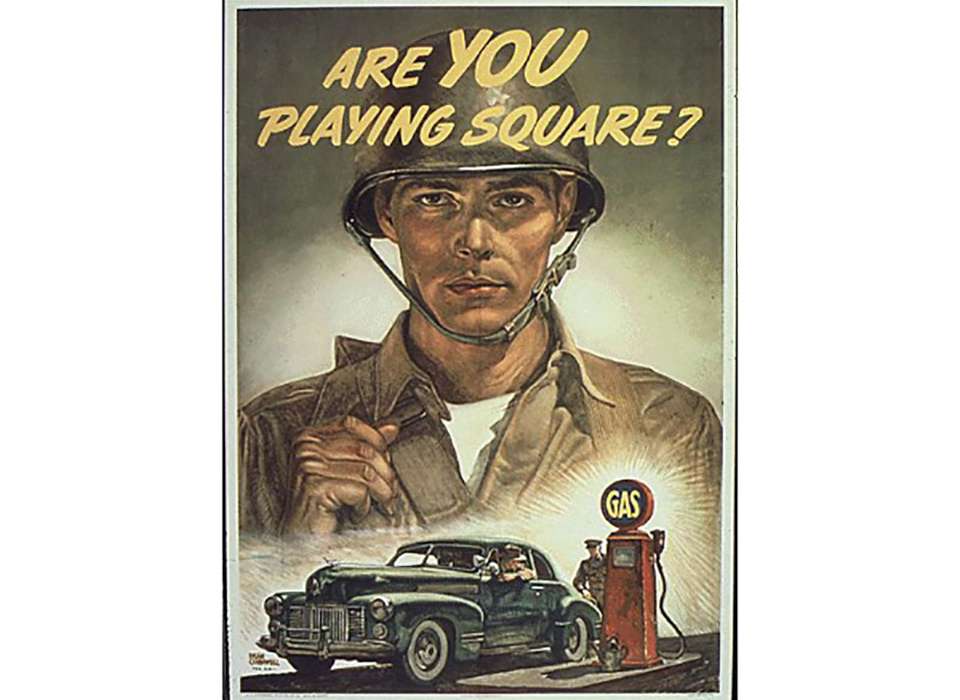
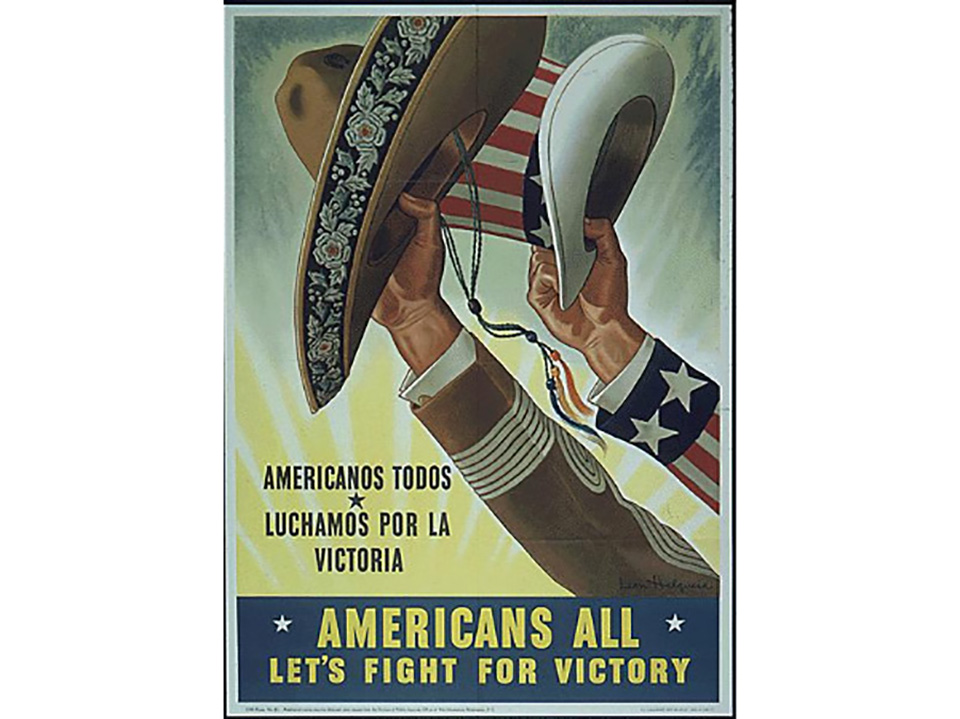
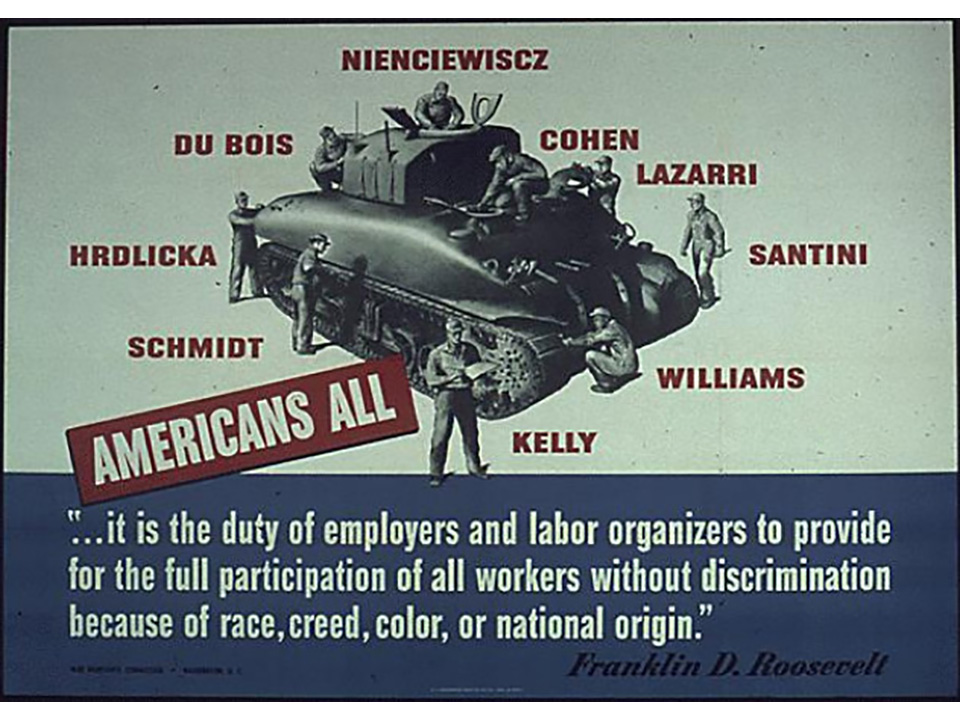
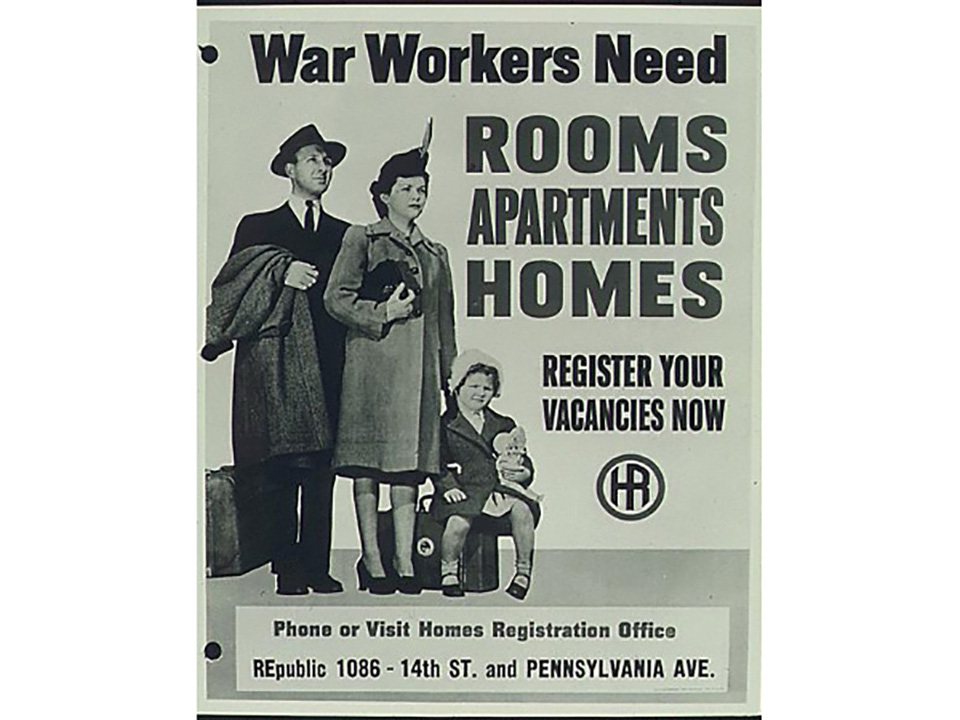
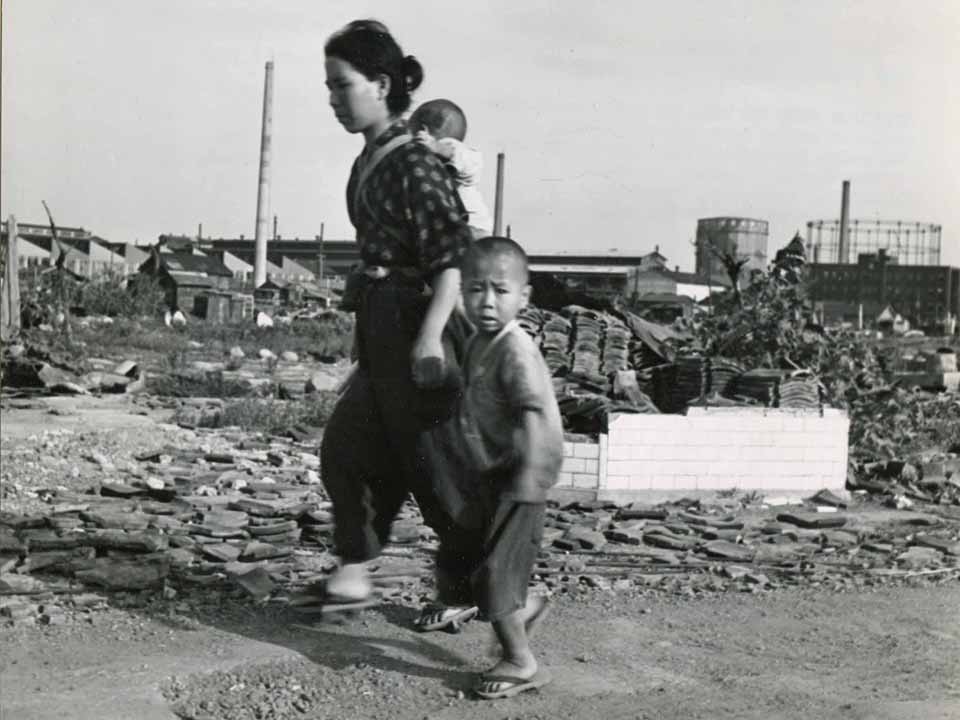
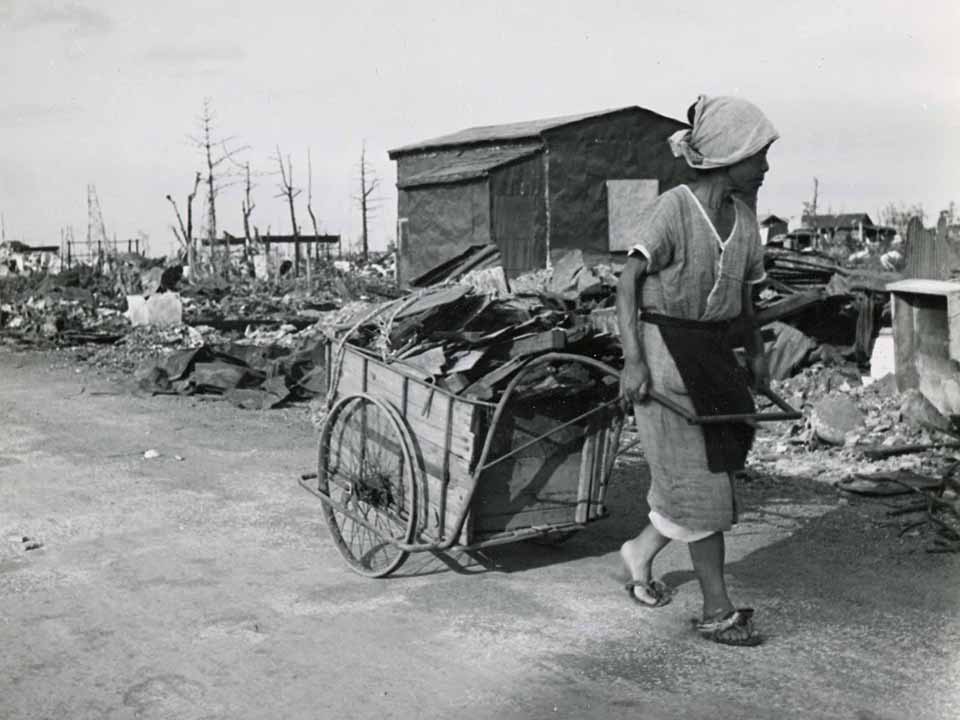




![Max Fuchs, New York City cantor, sings as Rabbi Sydney [sic] Lefkowitz, Richmond, VA, conducts the first Jewish services from Germany.](/sites/default/files/styles/max_650x650/public/2025-10/image1.jpg)


